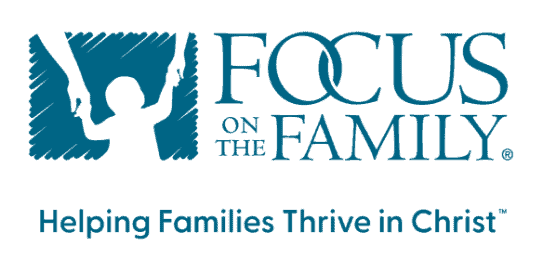Kerry is a talkative, red-haired 8-year-old. She works diligently at her desk for a few minutes, then spins around to see how her friend Terri is doing on the assignment. Across the room, shy, sensitive Brian works alone quietly. In the back row, Kim, wearing a look of complete frustration, shuffles and reshuffles worksheets. In the front row, center aisle, sits John. He has stuffed his half-completed worksheets into the desk and is busy flipping his pencil. Next to John is Ryan, who has already finished his work and looks bored.
Each of these children has special needs. Kerry needs structure and careful explanation of new concepts. Brian needs someone to assure him, to boost his confidence and to encourage him to interact with other students. Kim has an auditory processing problem. She needs extra help and a seat toward the front of the room. John is the class live wire and has difficulty concentrating. Ryan needs to be more challenged. So many needs, and we’ve only talked about a few of the children in this third-grade class!
In today’s crowded classrooms, one teacher may have more than 25 students, each with varying emotional, physical and mental needs. How can you ensure that your child’s needs are met at school? How can you know what is expected of your child, keep lines of communication open and be aware of the different needs of the average, the learning disabled and the academically talented student? We’ll explore the answers to these in this article series.










